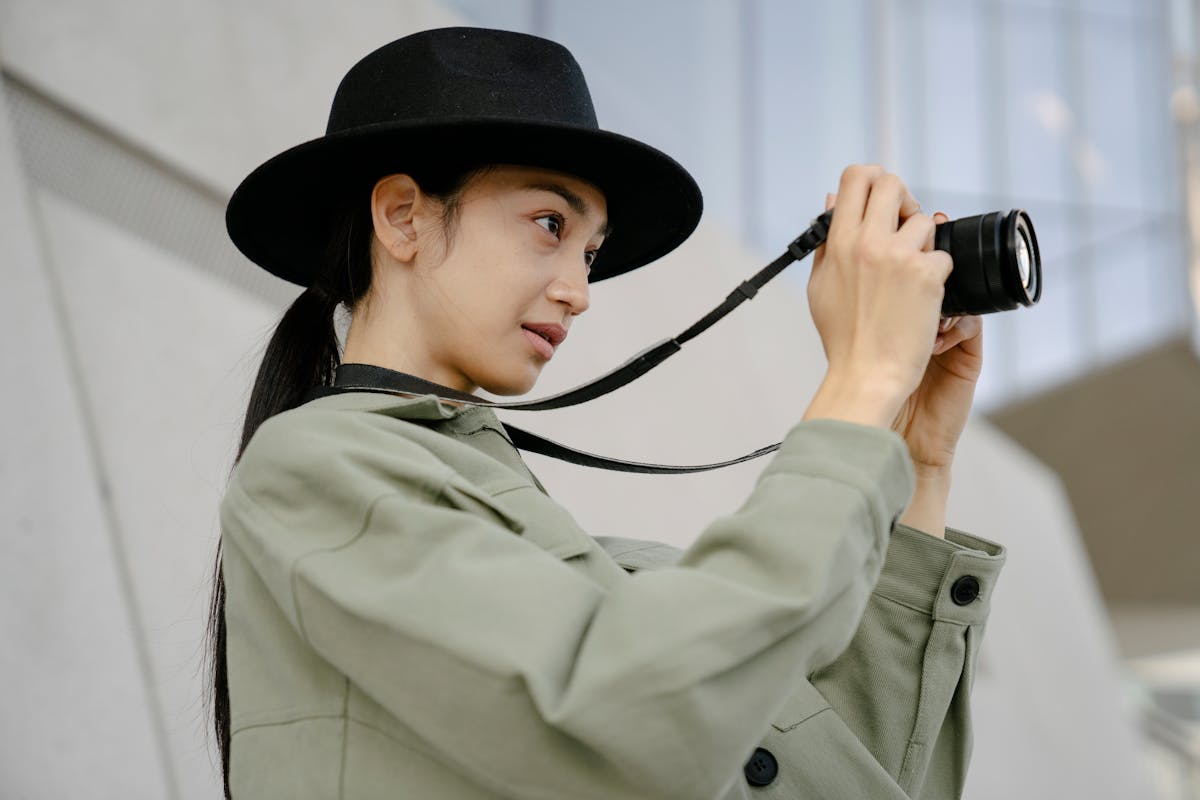If you’re one of the many who fell in love with photography as a creative outlet—capturing sunsets, candid moments, or street scenes purely for joy—you’ve probably wondered if there’s a way to turn that passion into profit. The good news? You absolutely can. The leap from hobbyist to paid photographer doesn’t require a massive studio or the latest gear. What it does demand is consistency, self-awareness, and a few smart strategies.
Start by Defining Your Niche
Every successful photography business starts with knowing what you shoot best and enjoy the most. Do you love working with people? Portraits, weddings, or family sessions might be your lane. Prefer stillness and design? Product or food photography could be your calling. Understanding your niche early allows you to develop targeted skills, market yourself more effectively, and attract the right clients.
That doesn’t mean you have to box yourself in too early. It’s okay to experiment—but start paying attention to what type of feedback you get from your personal work and what kinds of shoots leave you feeling creatively fulfilled.
Build a Portfolio That Reflects Your Style
No one hires based on a camera model—they hire based on results. A strong portfolio, even if it’s built from unpaid or personal projects, showcases your eye, your editing style, and your potential. Curate it thoughtfully. Quality over quantity wins every time.
If you’re just starting out and need material, consider offering a few free or discounted sessions to friends or local creatives. Document a neighborhood event, shoot behind-the-scenes for a small business, or even stage your own stylized shoot with items at home. These initial efforts can make a big impact in showcasing your capabilities.
Turn Social Media Into a Showroom
Instagram isn’t just for selfies—it’s a powerful portfolio and networking platform for photographers. Post your best work consistently, use relevant hashtags, and engage with your audience. Behind-the-scenes shots, editing before-and-afters, and short reels of your shoots can build trust and humanize your brand.
As your following grows, don’t be shy about adding a booking link or sharing availability. You’d be surprised how many gigs come from a single story or comment section exchange.
Learn to Price Your Work Fairly
Setting prices is one of the trickiest parts of going pro. Charge too little, and you’re undervaluing your time and talent. Charge too much without experience to back it up, and you risk scaring off potential clients.
Start by researching local rates for your niche and comparing based on your current experience level. Build packages that reflect your time—not just the hour you’re shooting, but the prep, travel, editing, and delivery. Be transparent about what your clients are paying for, and don’t be afraid to revise as you grow.
Master the Business Side
Photography as a career means learning how to juggle creativity with logistics. That means contracts, invoices, taxes, and client communication—all crucial if you want to be taken seriously.
Use tools like HoneyBook or Dubsado to streamline workflows, and always work with contracts, even for friends. Not only does this protect both parties, but it also positions you as a professional. Bonus: it frees up your mind to focus more on the creative side of things.
Network Like You Mean It
Photography is deeply collaborative, and word-of-mouth referrals are gold. Connect with other creatives—makeup artists, event planners, florists, even DJs. The more people who know what you do, the more likely you are to get hired for their events or referred to others.
Attend local business expos, creative meetups, or even vendor fairs. You might land your first wedding client simply by chatting with a vendor who needs a second shooter or someone to capture their setup for a photo booth rental Austin.
Keep Investing in Your Skills
Paid gigs don’t mean the learning stops. If anything, it’s just the beginning. Take workshops, watch editing tutorials, read about the industry. Study trends but develop your own timeless touch. Constant learning not only refines your craft—it keeps the spark alive.
Also, challenge yourself to shoot outside your comfort zone. If you’re mainly a natural light photographer, try playing with flash. Used to posed portraits? Try your hand at street photography. Expanding your skillset can open up entirely new income streams.
Stay Authentic to Your Vision
One of the most rewarding parts of turning your hobby into a business is staying true to what made you fall in love with photography in the first place. Don’t lose that voice in the pursuit of likes or client demands. Your perspective is what sets you apart—and that uniqueness is what people will ultimately hire you for.
Conclusion
Turning your photography hobby into a paid gig is a journey that blends patience, creativity, and persistence. It’s about more than just snapping photos—it’s about building a brand, understanding your market, and showing up consistently with intention. By honing your craft, engaging with your community, and treating each shoot like a stepping stone, you can evolve your passion into a rewarding and sustainable career—one that not only pays the bills but also feeds your soul.

